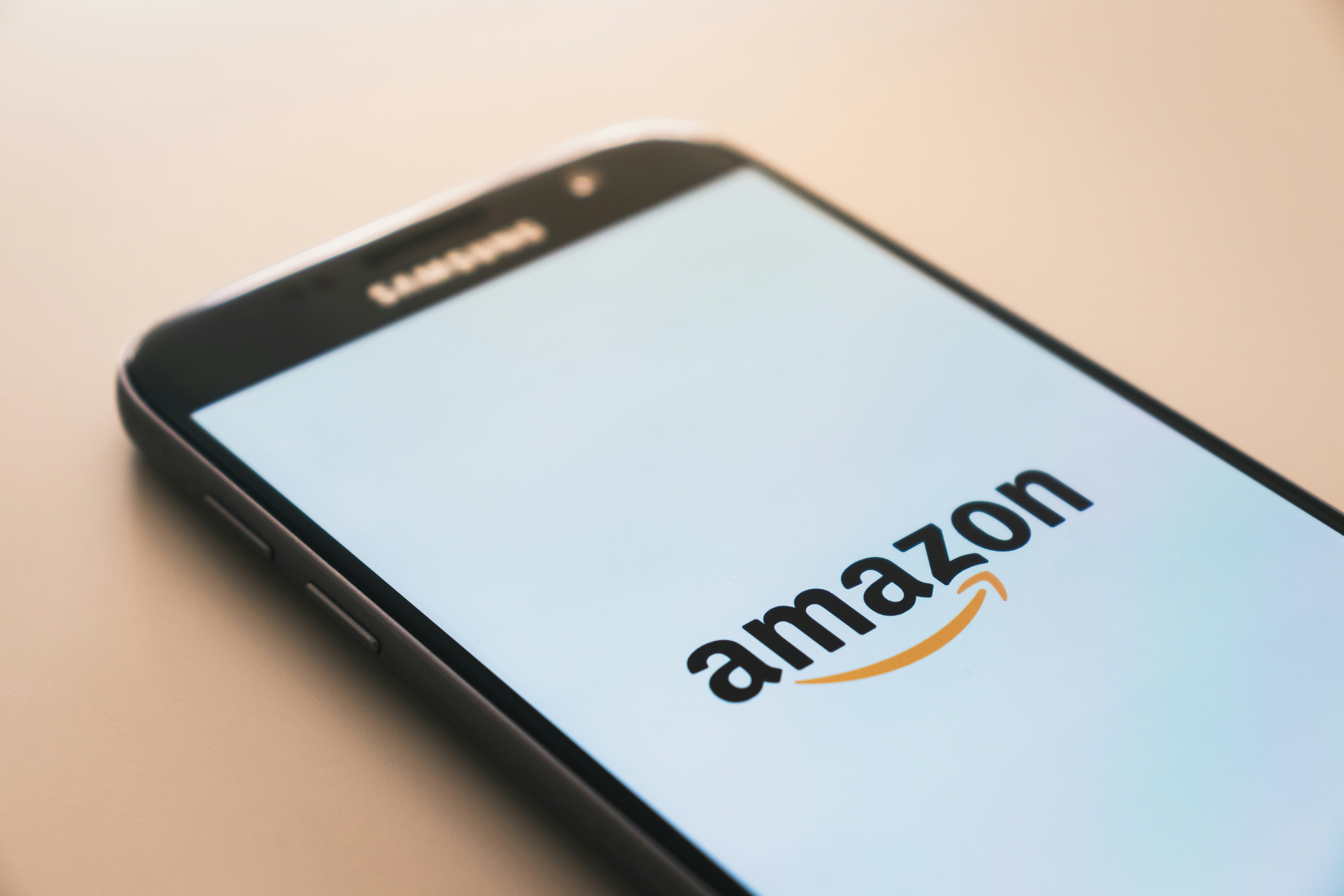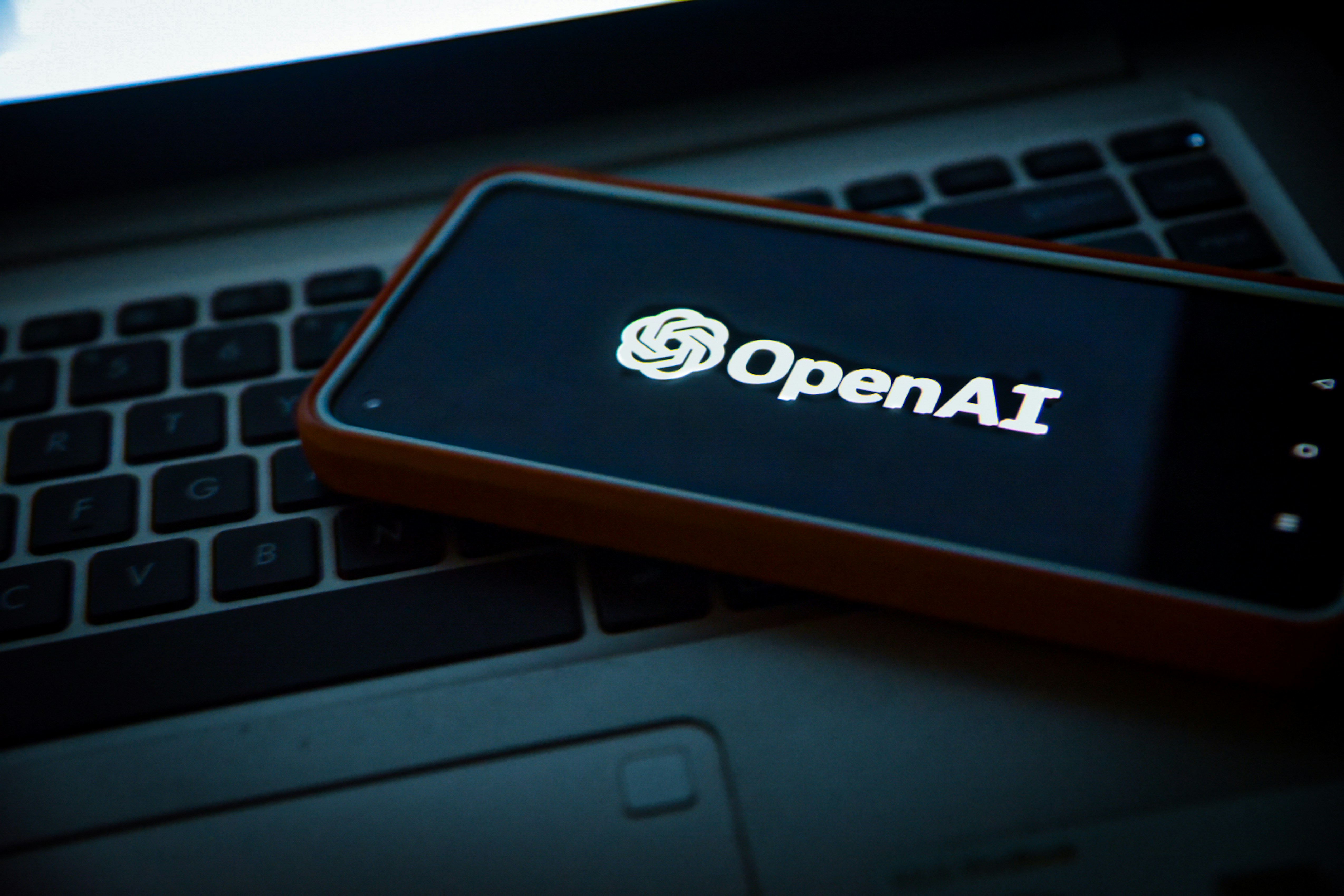Amazon Introduces Robots with Enhanced Tactile Sensing
Amazon unveils new warehouse robots equipped with advanced touch sensors, aiming to improve automation efficiency.
Saturday, May 10, 2025
Amazon has introduced a fleet of cutting-edge warehouse robots equipped with enhanced tactile sensing technology, marking a transformative step in industrial automation. The new systems, dubbed Sequoia Robots, leverage bio-inspired sensor arrays and AI-driven adaptability to handle fragile, irregular, and variable-weight items with unprecedented precision. This rollout aims to address long-standing challenges in logistics efficiency, product damage reduction, and worker safety, while accelerating Amazon’s quest to automate 90% of warehouse operations by 2030.
Technical Breakthroughs: How Sequoia Robots Work
Tactile Sensor Architecture:
Multimodal Sensor Pads: Combining piezoelectric polymers and capacitive grids, the robots’ grippers detect pressure, texture, temperature, and slippage at 1,000 data points per second—mimicking human fingertip sensitivity.
Self-Healing Surfaces: A silicone-based skin repairs minor abrasions autonomously, reducing downtime by 40% compared to traditional robotic arms.
AI Integration:
Adaptive Grasp Learning: Machine learning models trained on 10 million simulated item interactions enable real-time grip adjustments for objects ranging from egg cartons to inflatable pool toys.
Collision Prediction: LiDAR and tactile feedback merge to anticipate collisions within 2ms, cutting accidental impacts by 75%.
Energy Efficiency:
Variable Force Actuators: Reduce power consumption by 30% by applying only the force needed (e.g., 0.2 Newtons for a light bulb vs. 20N for a toolset).
Operational Impact: Speed, Safety, and Savings
Throughput Surge: Pilot tests in Houston, TX, warehouses show a 22% increase in package processing speed, shrinking order cycle times from 60 to 47 minutes.
Damage Reduction: Product breakage rates plummeted by 65% for fragile items like ceramics and electronics.
Worker Safety: Repetitive strain injuries (RSIs) from heavy lifting dropped 50% as robots handle 95% of items over 25 lbs.
Strategic Motivations and Market Context
Labor Shortages: With U.S. warehouse vacancy rates at 6.8% (Cushman & Wakefield), automation bridges staffing gaps while Amazon’s workforce shrinks 12% year-over-year.
E-Commerce Demands: Holiday season peaks now require processing 13 million daily packages (vs. 8M in 2020), necessitating faster, error-free systems.
Competitive Edge: Rivals like Walmart’s Alphabot and Ocado’s Hive struggle with delicate items, giving Amazon a 2–3 year lead in tactile robotics.
Workforce Implications: Collaboration vs. Displacement
Upskilling Programs: Amazon pledges $600 million to retrain 100,000 workers in robot maintenance and AI oversight roles by 2025.
Controversy: The Teamsters Union warns of 30,000 job losses by 2026, citing Amazon’s 16% reduction in human pickers post-Sequoia trials.
Human-Robot Symbiosis: Workers manage exception handling (e.g., torn packaging) via AR headsets that overlay robot diagnostics.
Global Supply Chain Ambitions
Deployment Timeline: 500 Sequoia units active in U.S. hubs; 3,000 slated for EU/Asia by Q3 2024.
Customization: Regional variants include humidity-resistant models for Southeast Asia and cold-chain grippers for Nordic frozen goods.
Ethical and Regulatory Challenges
Data Privacy: Tactile sensors collect item-specific metadata, raising concerns about proprietary product analytics.
EU Compliance: The proposed AI Liability Directive could impose fines for sensor malfunctions causing damage.
Environmental Impact: Amazon aims to recycle 95% of decommissioned robots by 2025, per its Climate Pledge.
Future Roadmap
2024: Integration with Amazon’s Project Kuiper satellites for real-time inventory sync.
2025: Swarm intelligence enabling 100+ robots to collaboratively pack pallets.
2026: Consumer spin-offs, including tactile-enabled Alexa robots for elderly care.
Industry Reactions
Jeff Wilke (Former Amazon CEO): “Sequoia isn’t just a robot—it’s the nervous system of Amazon’s next-decade dominance.”
Maryam Rostami (UC Robotics Lab): “The tactile leap here mirrors Boston Dynamics’ agility gains. A game-changer for unstructured environments.”
Teamsters Statement: “Efficiency can’t come at human cost. We demand binding job guarantees.”
Conclusion
Amazon’s Sequoia robots epitomize the dual-edged sword of automation: unprecedented efficiency gains shadowed by workforce upheaval. As tactile AI redefines logistics, the challenge lies in harmonizing silicon sensitivity with societal equity—a balance Amazon must strike to retain its throne in the age of intelligent machines.




